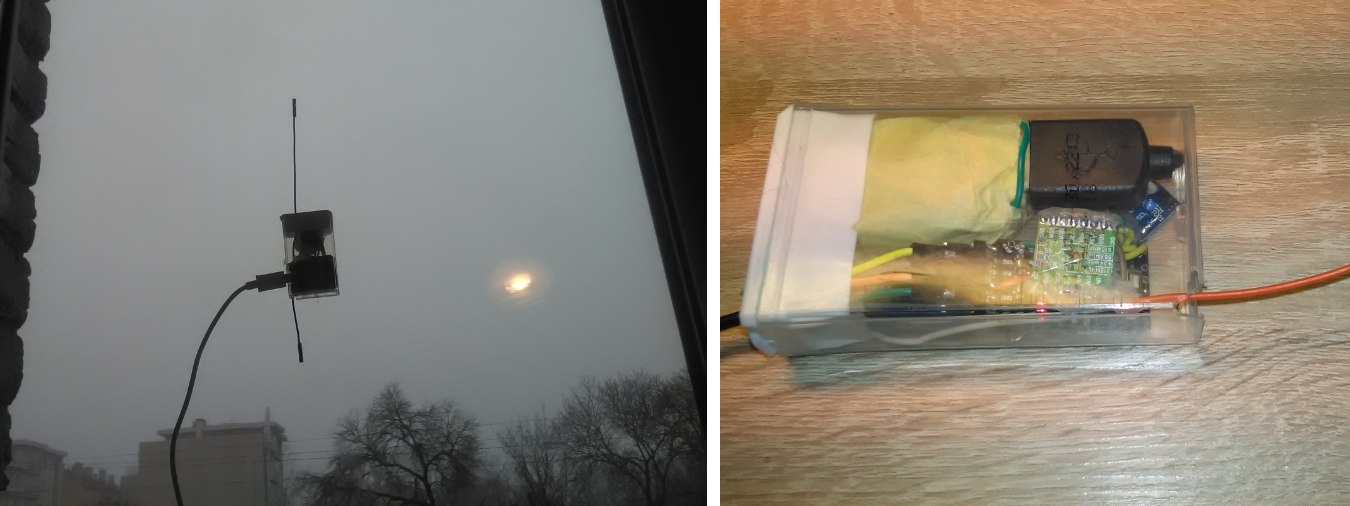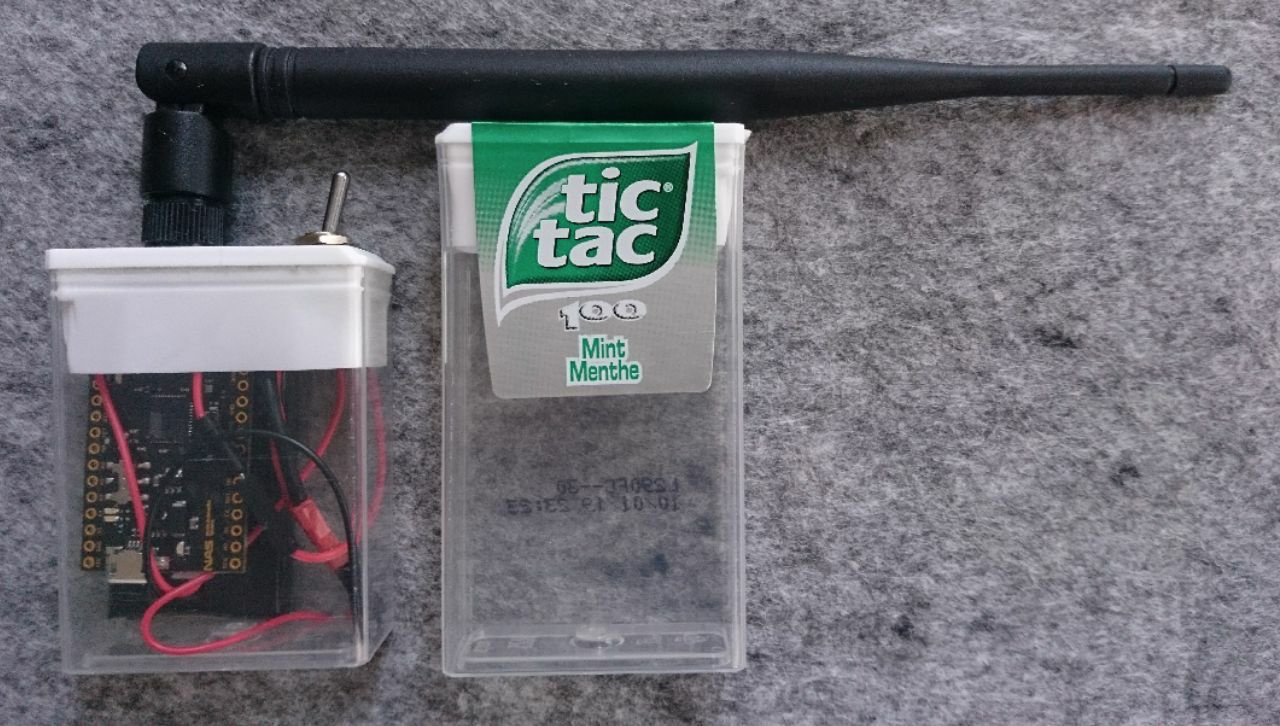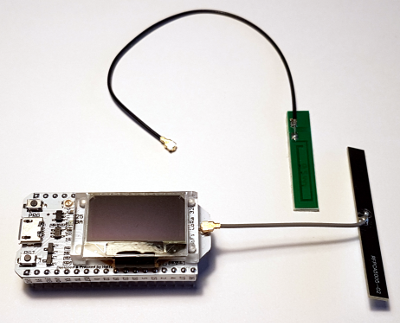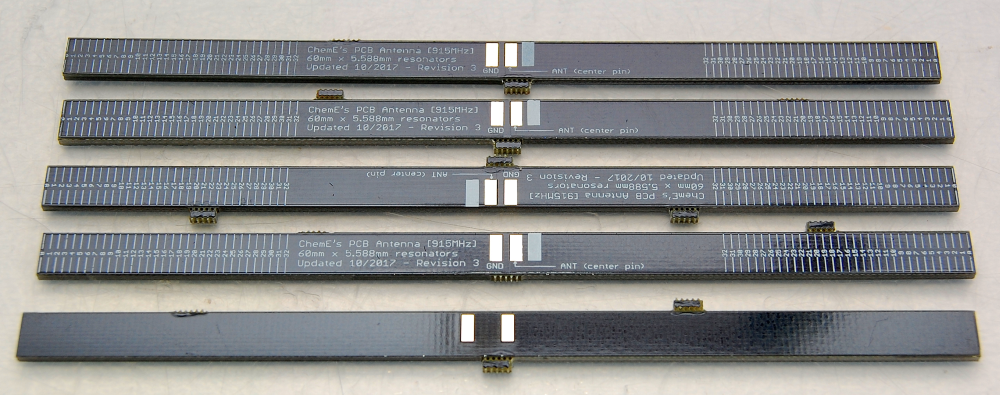Good summary @bluejedi
If in the case it does not support OTAA, it means that gateway only have one way communication, right? It will be excepted by my country law if it does not transmit or transmit < 50mW (eirp).
Somsak
Good summary @bluejedi
If in the case it does not support OTAA, it means that gateway only have one way communication, right? It will be excepted by my country law if it does not transmit or transmit < 50mW (eirp).
Somsak
Thanks.
OTAA requires downstream traffic from gateway to node (‘end-device’). ABP only requires upstream traffic from node to gateway. So upstream only.
In practice it would be possible to support downstream messages but not support OTAA, but hallard’s gateway for Raspberry Pi (currently) supports neither OTAA nor downstream messages.
True, but only if the node does not use ADR or other downlinks. (For ABP, there is simply no joining phase as the “session” keys have already been programmed into the device, so no downlinks are needed to join the network. Once those keys are known, OTAA and ABP devices act the same for uplinks, downlinks, ADR, and so on, until an OTAA device somehow loses its keys and needs to join again.)
Hmmm, assuming we’re referring to gateways for TTN: I doubt that. If TTN thinks a gateway can do downlinks, I don’t think it’s going to use that only for “data” downlinks, and not for OTAA (or ADR, or other MAC commands)? Gateways just forward whatever the node or backend gives them; they don’t know if a downlink is some OTAA Join Accept or any other type of downlink.
Thanks I now have the whole chain working!
Node, single channel gateway, ttn configuration and http output to my own website…
regards
Hans
In the ESP32 section there also is the lorawan nano gateway code for the LoPy - written in µpython.
https://docs.pycom.io/chapter/tutorials/lopy/lorawan-nano-gateway.html
Thanks. If you or someone else can specify which features and MCU platforms this single channel gateway supports then I can update it in above list of single channel gateways.
It supports OTAA, ABP and downstream messages.
The configuration is kept separately in a dedicated file that can be uploaded to the board using USB or FTP - and maybe other network protocols on the wifi side like HTTP, haven’t tried.
It listens on a single frequency, but I’m not sure about multiple SF or not.
As for the MCU, this was written for a LoPy : ESP32 board running the micropython “interpreter” from pycom. I don’t know if it is possible to flash that on a different ESP32 board, but it should with some tweaking as it’s all opensource.
Thanks. Added it to the list.
Fixed.
(Pity that the code lacks any instructions in a readme.md.)
Thanks to LoRa ESP developers! Wanted to share idea to use Tic-Tac enclosure for the LORA ESP8266 single ch GW glued to the window glass and a Thing with Arduino and HTU21.

Also, Tic-Tac boxes can easily be cut to get a smaller size, while still fitting their white top:

Do you think this module can be used a non-solder single channel Lora Gateway?https://es.aliexpress.com/item/868-MHz-915-MHz-SX1276-ESP32-LoRa-0-96-Pulgadas-de-Pantalla-OLED-Azul-Kit-32/32836591865.html?spm=a219c.12010108.1000023.4.7012662dCWvGFn
It has all the hardware needed for that yes, but I am not sure anyone have done the software part yet (porting a single channel gateway code to that platform).
More information on those boards in BIG ESP32 / SX127x topic a somewhat lengthy read.
While not as good as your external SMA antenna, for the fun factor using one of these small GSM PCB antenna’s could make it fit all inside a single tic tac box, antenna included.

FYI, as GSM antennas might not be the best match : Someone designed some of those which fit Lora frequencies, available on PCBs.io.

Post reference : https://lowpowerlab.com/forum/rf-range-antennas-rfm69-library/alternative-pcb-dipole-designs-(433-868-and-915mhz)/
Probably a bit too long for a tic tac box then.